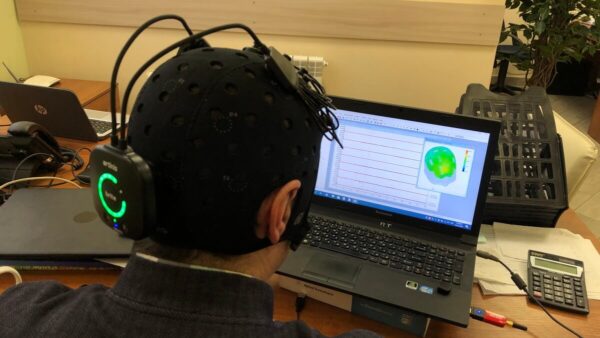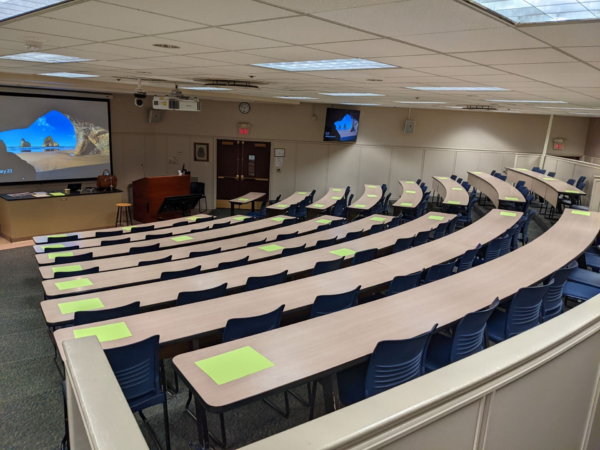Dear colleagues, for your convenience, we have systematized the latest published articles on near infrared spectroscopy (NIR spectroscopy) and its use with Artinis fNIRS systems. All articles were divided into categories:
- general issues of NIR spectroscopy,
- use methods, algorithms, comparison;
- wireless and portable NIRS systems,
- study of the cerebral cortex
In this section, we present works related to general issues of NIR spectroscopy
- Near-infrared spectroscopy: a toy or an instrument? A study of the medical applicability of near infrared spectroscopy. Colier, WNJM. Near infrared spectroscopy: toy or tool? An investigation on the clinical applicability of near infrared spectroscopy. 1995. PhD-Thesis, University of Nijmegen.
- The use of near infrared spectroscopy to understand the physiology of skeletal muscle: recent developments. Ferrari M., Muthalib M., Quaresima V., The use of near-infrared spectroscopy in understanding skeletal muscle physiology: recent developments. Phil. Trans. R. Soc. A 2011 369, 4577-4590 doi: 10.1098/rsta.2011.0230
- The use of near infrared spectroscopy in research in food processes. Jackson PA, Kennedy DO. The application of near infrared spectroscopy in nutritional intervention studies. Front Hum Neurosci. 2013 Aug 13;7:473. doi: 10.3389/fnhum.2013.00473. eCollection 2013.
- Investigation of the cerebral cortex during exercise in adults: a systematic review of studies of functional near infrared spectroscopy (FNIRS) Leff DR, Orihuela-Espina F, Elwell CE, Athanasiou T, Delpy DT, Darzi AW, Yang GZ. Assessment of the cerebral cortex during motor task behaviors in adults: a systematic review of functional near infrared spectroscopy (fNIRS) studies. Neuroimage. 2011 Feb 14;54(4):2922-36. doi: 10.1016/j.neuroimage.2010.10.058.
- The evolution of near infrared spectroscopy in urology. Macnab AJ. The evolution of near infrared spectroscopy in urology. Biomedical Spectroscopy and Imaging 3 (2014) 311–344
- Biomedical application of wireless continuous wave near infrared spectroscopy. Macnab, A, Shadgan B. Biomedical applications of wireless continuous wave near infrared spectroscopy. Biomedical Spectroscopy and Imaging 1 (2012) 205–222
- Prefrontal cortical activation as measured by fNIRS walking systems: effects of age, disease, and secondary function. Pelicioni, P. H., Tijsma, M., Lord, S. R., & Menant, J. (2019). Prefrontal cortical activation measured by fNIRS during walking: effects of age, disease and secondary task. PeerJ, 7, e6833.
- Non-invasive NIR spectroscopy of human brain functions during sports training. Perrey S. Non-invasive NIR spectroscopy of human brain function during exercise. Methods. 2008 Aug;45(4):289-99
- Muscle oximetry in sports science: a systematic review. Perrey S, Ferrari M. Muscle Oximetry in Sports Science: A Systematic Review. Sports Med. 2017 Nov 25.
- In vivo near infrared spectroscopy. Rolfe, P. In vivo near-infrared spectroscopy. Ann Rev Biomed Eng 2000; 2: 715-754.
- A New Methodological Approach in Neurobiology: Assessing Interpersonal Brain Interaction Using Functional Scanning in the Near Infrared Region (fNIRI). Scholkmann F, Holper L, Wolf U, Wolf M. A new methodical approach in neuroscience: assessing inter-personal brain coupling using functional near-infrared imaging (fNIRI) hyperscanning. Front Hum Neurosci. 2013 Nov 27;7:813. doi: 10.3389/fnhum.2013.00813
- Quantitative near infrared spectroscopy in human skeletal muscle. Methodological issues and medical application. Van Beekvelt, MCP. Quantitative near-infrared spectroscopy in human skeletal muscle. Methodological issues and clinical application, 2002. PhD-Thesis, University of Nijmegen.







